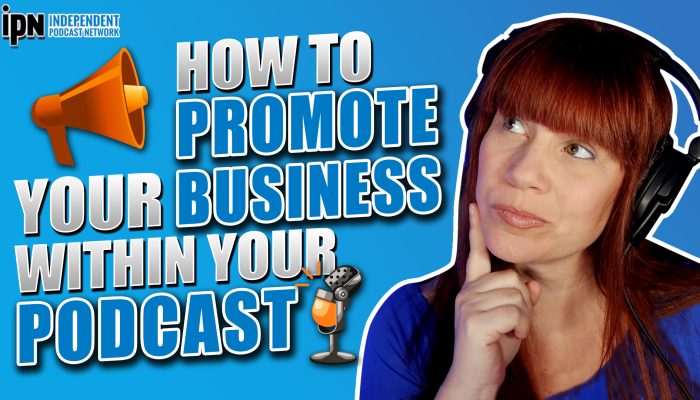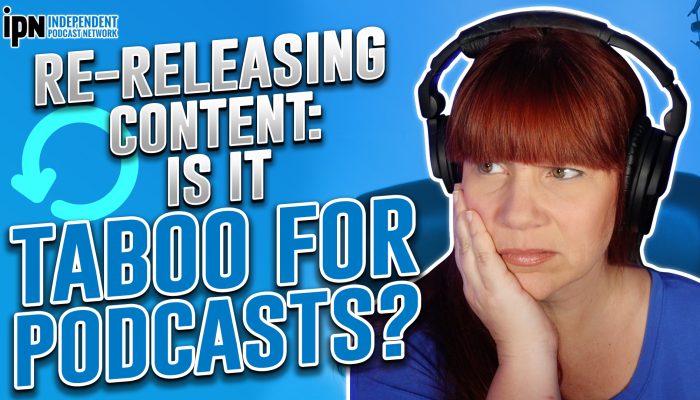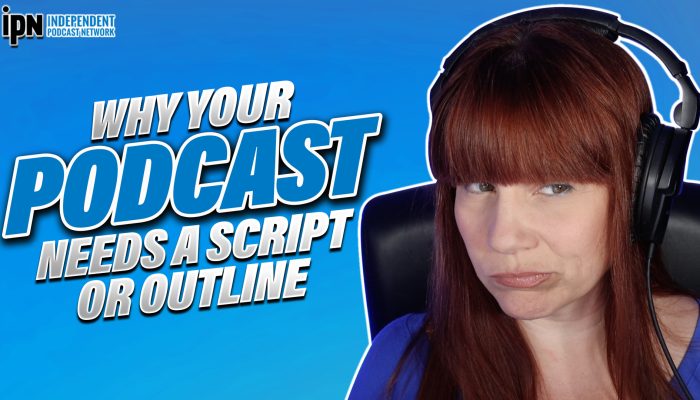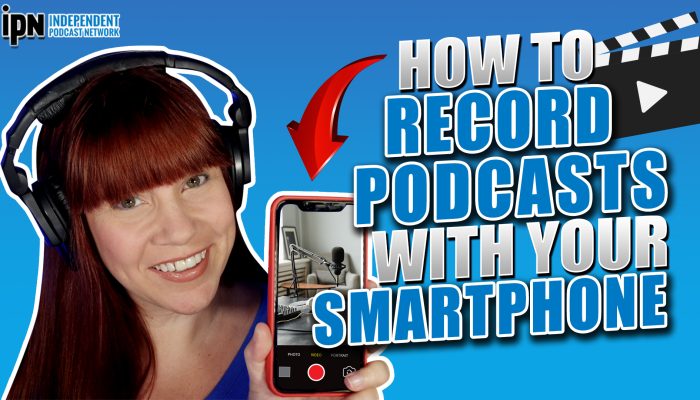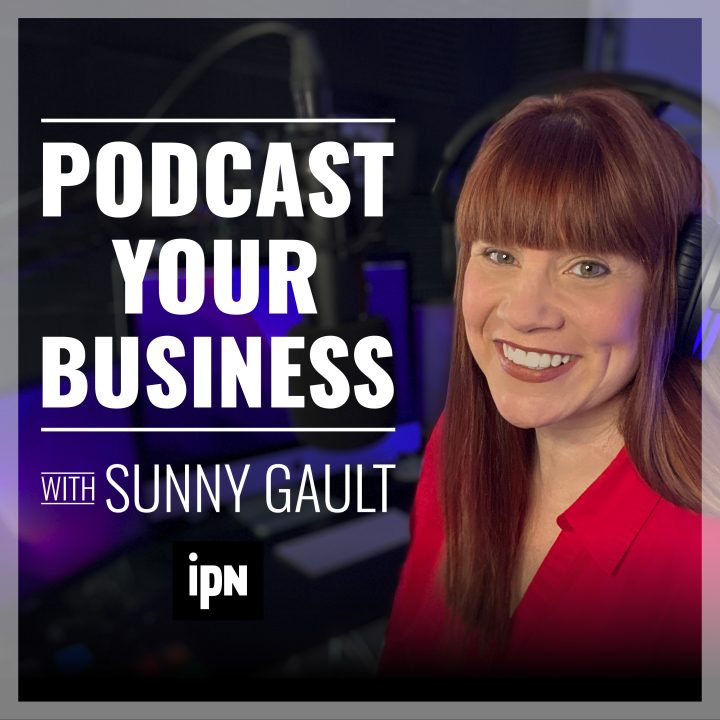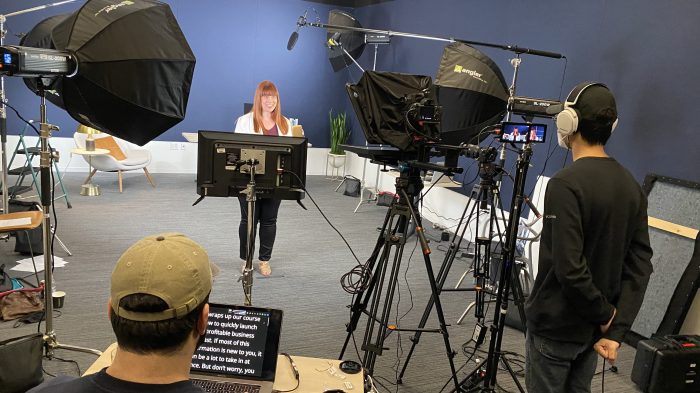
While traditional audio platforms remain crucial, an often-overlooked opportunity lies in the world’s second-largest search engine: YouTube. With its huge user base and powerful recommendation algorithms, YouTube offers podcasters a unique chance to tap into a new audience and add a visual dimension to their content.
Is YouTube Right for Your Podcast?
YouTube can be a powerful tool for promoting your podcast, but before diving in, it’s crucial to determine if it aligns with your podcast’s goals and resources. Let’s explore the key factors to help you decide if YouTube is the right fit for your show.
- Know Your Audience: Understanding your listeners and where they spend their time online is key. Does your target demographic actively use YouTube? If so, it could be a goldmine for growth. If not, your efforts might be better spent elsewhere.
- Content Adaptability: Think about your podcast’s format and topics. Some content naturally lends itself to visual presentation, while other types might struggle to translate effectively. Consider how you could enhance your audio with visuals.
- Resources and Time: Be realistic about the time and resources required for video production. Do you have the necessary equipment, skills, and time to consistently create quality video content alongside your regular podcast episodes?
- Long-term Vision: Consider your podcast’s future trajectory. Does incorporating YouTube align with your overall growth strategy and audience engagement goals?
Preparing Your Podcast for YouTube
Once you’ve decided to promote your podcast on YouTube, it’s time to prepare your content for this visual platform.
Creating Video Content
The first step is choosing the right video format for your podcast. There are several options to consider:
- Static Image: This is the simplest approach, where you use a single image (like your podcast artwork) throughout the video. It’s easy to produce but may not be as engaging as other formats.
- Video Podcast: If you’re comfortable on camera, consider filming your podcast recording sessions. This gives viewers a behind-the-scenes look and adds a personal touch.
- Animated Visuals: Create animated graphics or text that correspond with your audio. This can be particularly effective for educational or storytelling podcasts.
Technical Considerations
Before uploading, you need to get the technical side down. Here’s what you need to know for uploading content to YouTube:
- Export your video in high quality (at least 1080p resolution if possible).
- Use a 16:9 aspect ratio for optimal viewing on various devices.
- Ensure your audio is clear and balanced. Consider using audio enhancement tools if needed.
- If including music, ensure you have the right to use it on YouTube.
Designing Your Visual Brand
To make the most of your YouTube efforts, you’ll need to design your visual brand so your audience can recognize your content:
- Create a channel banner that reflects your podcast’s theme and personality.
- Design a consistent intro and outro for your videos.
- Use consistent color schemes, fonts, and graphics across all your YouTube content.
- Consider creating lower thirds or other graphics to highlight key points or guest names during the video.
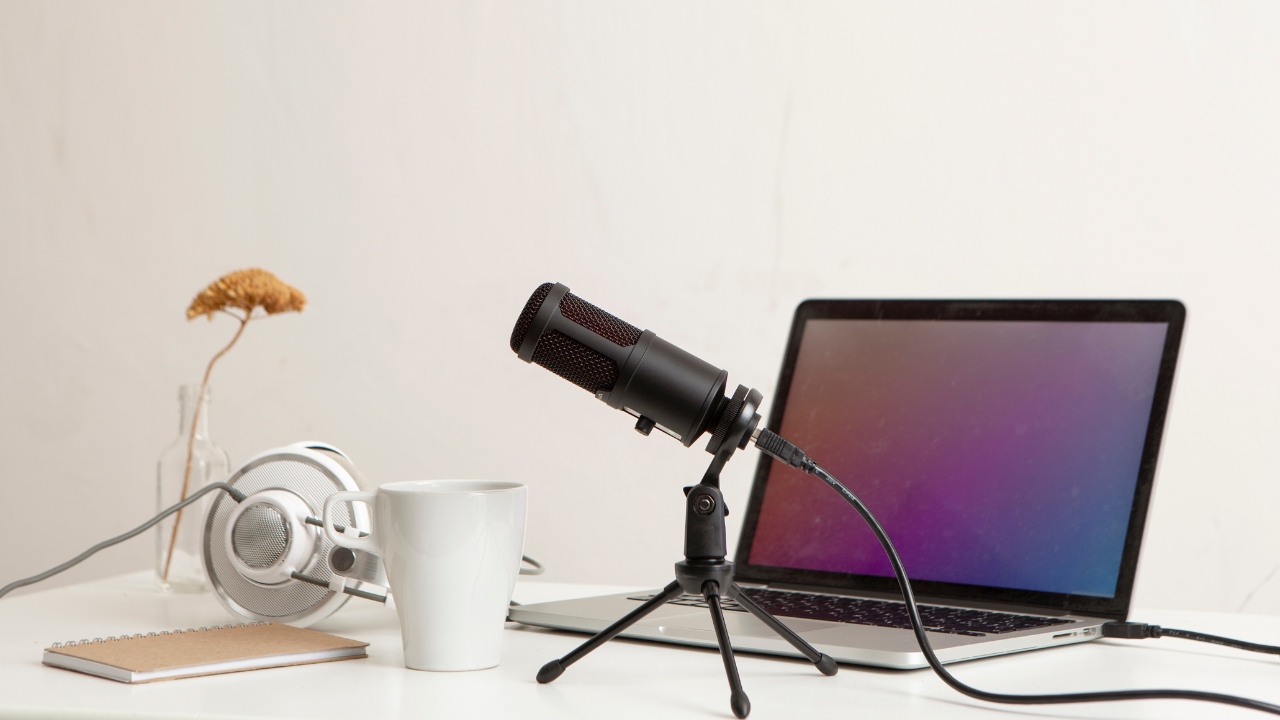
Promoting Your Podcast on YouTube
Here’s a step-by-step guide to get your podcast started on YouTube:
- Set Up Your YouTube Channel: Create a Google account if you don’t have one. Go to YouTube and create a channel with your podcast’s name. Customize your channel with a profile picture, banner, and “About” section. Add links to your website and other social media platforms.
- Prepare Your Content: Convert your audio podcast to a video format using your chosen visual style. Create an eye-catching thumbnail for each episode. Write detailed, keyword-rich descriptions for your videos. Prepare relevant tags for each episode.
- Upload Full Podcast Episodes: Click the “Create” button on YouTube and select “Upload video”. Fill in all necessary fields (title, description, tags, etc.). Set your video’s privacy settings. Add your video to relevant playlists. Use YouTube’s editor to add end screens and cards.
- Create Short-Form Content: Identify key moments or insights from full episodes. Edit these into short, engaging videos (30 seconds to 3 minutes). Give these clips catchy, descriptive titles. Use these as “trailers” or standalone YouTube Shorts to attract new viewers.
- Optimize for Search: Use keyword research tools to identify popular search terms in your niche. Incorporate keywords naturally into titles, descriptions, and tags. Create content that answers common questions in your niche. Use closed captions or subtitles for accessibility and searchability.
- Engage with Your Audience: Respond to comments promptly and thoughtfully. Use the Community tab for updates, polls, or behind-the-scenes content.
- Promote Your YouTube Content Off-Platform: Share your YouTube videos on other social media platforms. Embed YouTube videos on your podcast website or blog. Mention your YouTube channel in your podcast episodes.
- Maintain Consistency: Develop a regular uploading schedule. Stick to your chosen video format and style. Continuously refine your content based on audience feedback.
Advanced YouTube Promotion Strategies
After you get in the flow of uploading content to YouTube, here’s how you can start upgrading your channel:
- Leverage YouTube Premieres: Use YouTube Premieres to create anticipation for new episodes. Schedule the premiere of your podcast episode and promote it in advance. Engage with your audience in real-time chat during the premiere to boost initial engagement and watch time.
- Create Topic-Based Playlists: Organize your content into themed playlists. This helps viewers find related content easily and increases watch time as YouTube may autoplay the next video in the playlist. Create playlists around specific topics, guest appearances, or series within your podcast.
- Implement Strategic End Screens: Design compelling end screens that appear in your videos’ last 5-20 seconds. Use these to promote your most popular episodes, and recent uploads, or encourage channel subscriptions. Experiment with different end-screen elements to see what drives the most engagement.
- Explore YouTube Live: Use YouTube Live to broadcast special episodes, Q&A sessions, or behind-the-scenes content. Live streams can help you connect with your audience in real time and often receive preferential treatment in YouTube’s algorithm.
Conclusion
Success on YouTube doesn’t happen overnight. It requires patience, consistency, and a willingness to experiment and adapt. Don’t be discouraged if you don’t see immediate results – building a presence on any platform takes time and effort. Stay committed to producing quality content, engaging with your audience, and refining your approach based on analytics and feedback.
